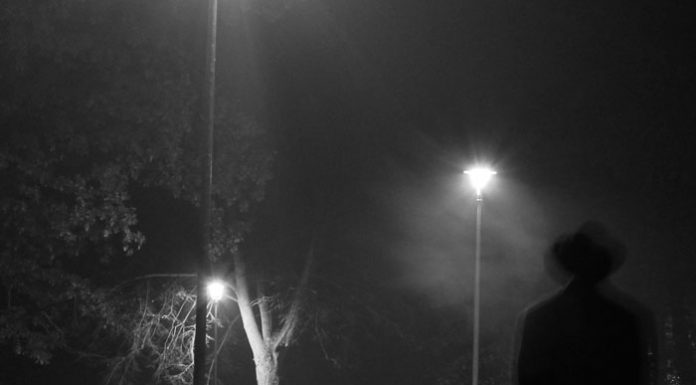Across the US, one type of facility has been a horrifying locus for coronavirus deaths: the nursing home. The Associated Press reported this week that there have been more than 20,000 coronavirus deaths in US nursing homes. That would be almost a third of all deaths in the US, measured against the CDC’s most recent count of total US deaths from the disease.
Some reasons for the fatality rate are relatively clear. These are facilities with large numbers of people particularly vulnerable, where one infected person can quickly spread the disease to many other people sharing the facility. In nursing homes, social distancing may be almost impossible.
The wave of mortality has caused a number of states to pass laws reducing liability from coronavirus deaths for nursing home operators. Still, regardless of their liability, nursing homes need to figure out how to stop COVID-19 infections from spreading among their patients. But detecting these outbreaks before they’ve grown has proven almost impossible.
Now the head of a health data company in Lakewood that services nursing homes is trying to get the word out: He has found a way to predict an outbreak about two weeks before it will occur, and the method he is using is accessible to all nursing homes.
Shalom Reinman, the CEO of Megadata Health Systems, based in Lakewood, New Jersey, explained to Ami how he found the key to outbreak detection:
“We provide operational and clinical analytics to help nursing homes run effectively. Once the coronavirus started, we felt a strong responsibility to determine how we could help them mitigate COVID-19 outbreaks.
“We have access to all the data and systems they have, and we started looking at the data on vital signs.”
The Centers for Medicare and Medicaid Services—the government agency that oversees the Medicare and Medicaid programs—had mandated that nursing homes take the temperatures of all of their patients every day, because of the outbreak.
“What we first started doing,” Shalom said, “was give the nursing home owners, executives and administrators organized information about the temperature readings that were being taken, in the hope that it would help them prevent the outbreaks.
“But it was also too late, because by the time temperatures started to spike and you had a lot of residents with a fever, you had a massive outbreak.”
About two weeks ago, The New York Times published an op-ed by Dr. Richard Levitan, in which he described his experiences working in Bellevue Hospital in New York City. Dr. Levitan wrote that something he was seeing in patients was that they were suffering from what he called “silent hypoxia”—their blood oxygen levels were very low, but they didn’t feel like they were having a hard time breathing, so they were unaware of the problem until they developed severe pneumonia. His suggestion was that monitoring blood oxygen levels at home with a pulse oximeter would help people discover that they were sick before they ended up becoming extremely sick. (See the “Closer Look” in last week’s Ami.)





















